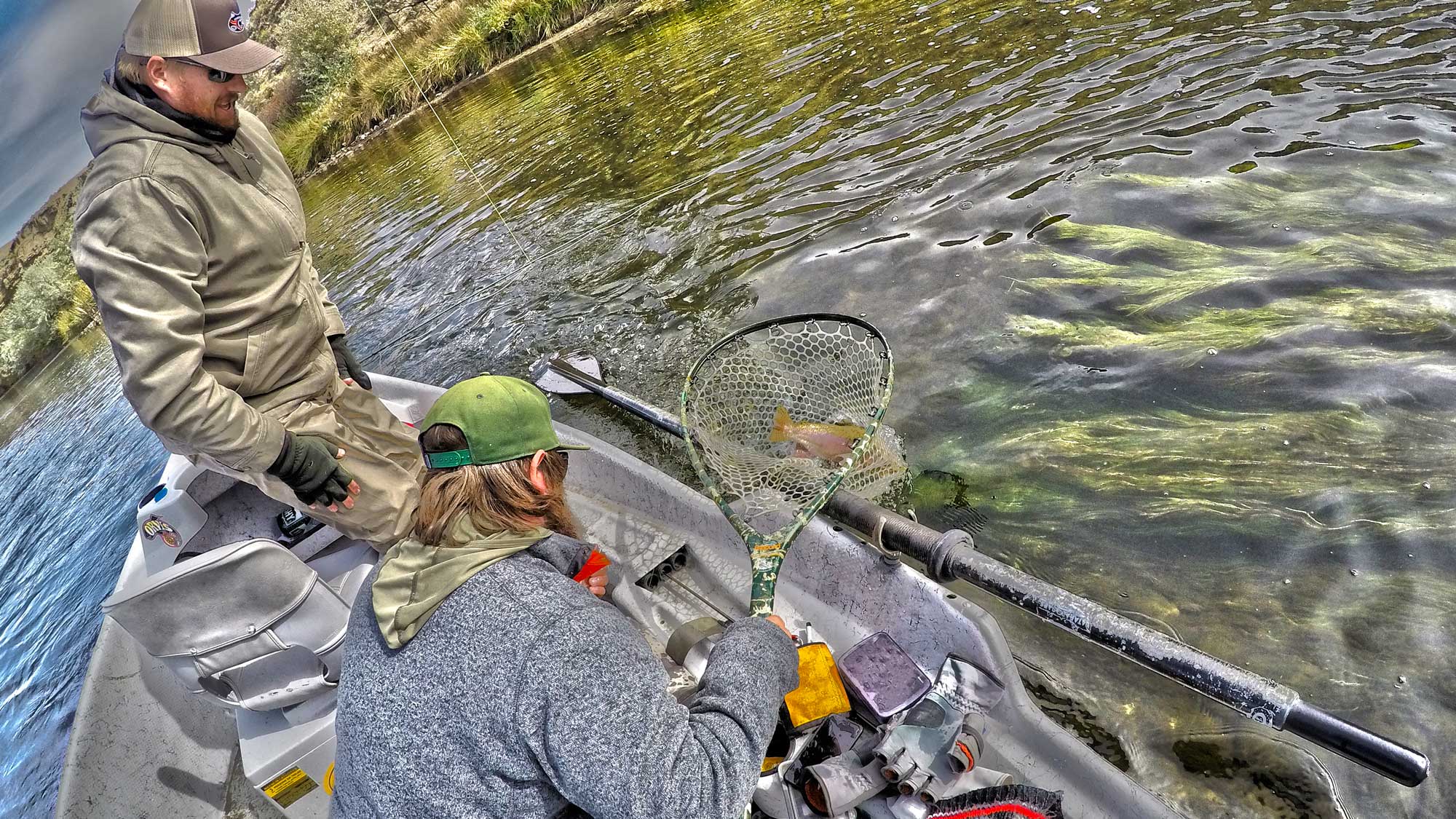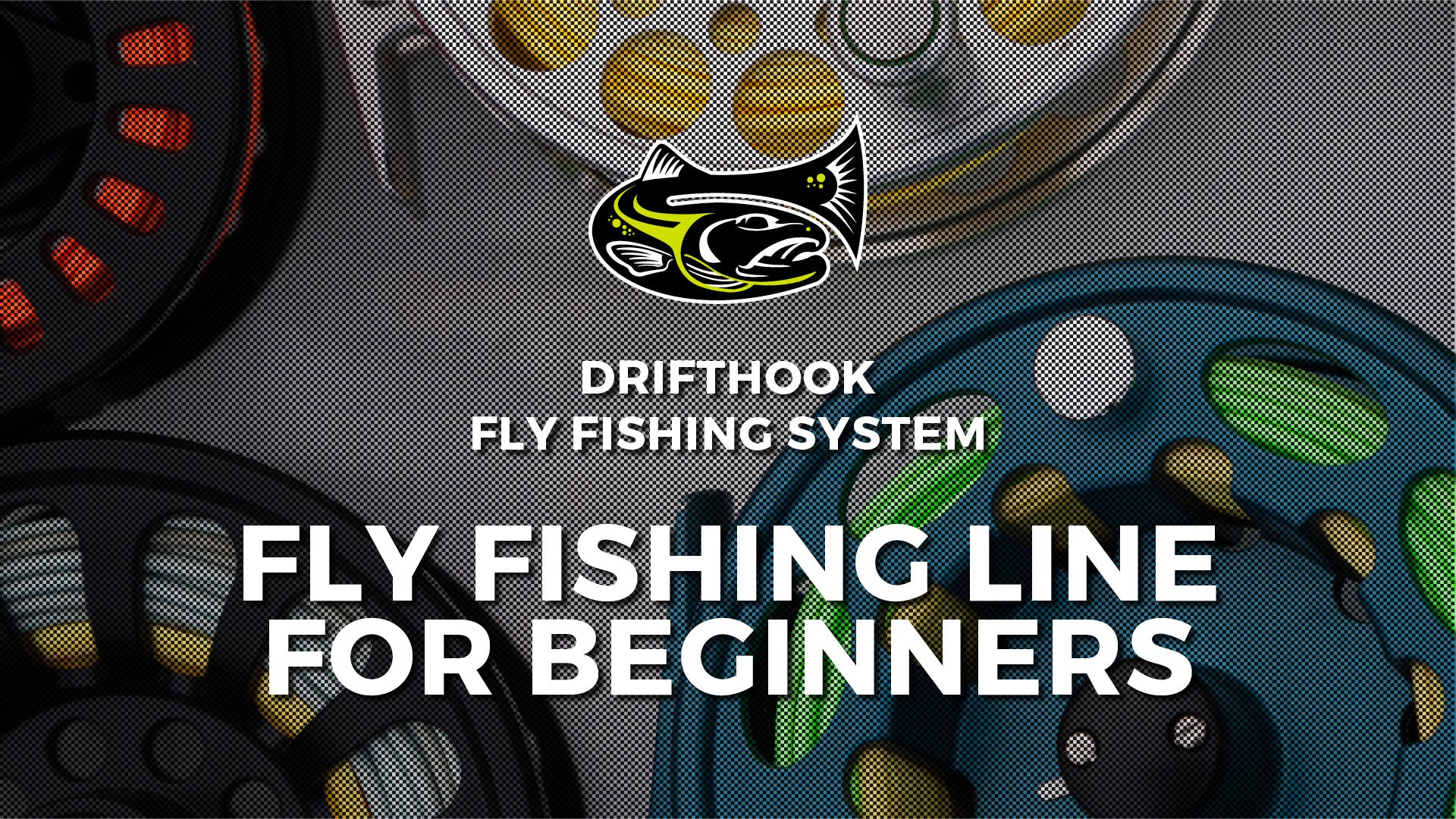
If you are thinking about starting fly fishing, you may be at a bit of a loss regarding where to start. A lot of people want to take up a new hobby but they never get around to doing it because they don’t know how to and they are scared to dive into something new. Don’t be! Fly fishing is a lot of fun, and the community is very welcoming. That’s why we have put this guide together! Read on to discover everything you need to know about how to start fly fishing.
Figure out what style of fly fishing you want to focus on
One of the first things you need to do is determine what type of fly fishing you are going to focus on. There are many different types of fly fishing. Of course, you can venture into as many as you wish. However, it is wise to start with one type of fly fishing. Each type uses slightly different methods and gear. You should decide whether you want to focus on freshwater fish or saltwater fish. You also need to figure out if you are more of a backcountry browns type of person or you want to target steelhead. Knowing what sort of fishing you want to do is going to help you figure out a lot of different things, from the guide you hire to the sort of gear you buy.
What gear do you need to begin fly fishing?
The first thing you need to understand is what sort of gear you are going to need to get started. It’s worth pointing out that you can get fly fishing kits, which will have a lot of the items you need, so you don’t need to purchase everything individually. This is something we have available at Drift Hook, so make sure you check them out, as this will ensure you have everything you need and it works out a lot cheaper than buying everything individually too.
So, what do you actually need to get started?
- Hat - Protection from foul hooks, sun, and mosquitos; this is a must!
- Sunglasses - Polarized sunglasses are great because they cut the glare off the top of the water, which will make it easier for you to see your fly from the water and spot fish.
- Rain Coat - You would be shocked by how quickly a storm can move onto you!
- Vest - There are so many great vests out there for fly fishers, with different compartments and pockets for weights, flies, and so on!
- Waders - These are waterproof, thick pants, which will ensure you are dry throughout the day.
- Wader Belt - You should always wear a belt. It’s vital for your safety. If you do happen to slip into a deep hole, a wader belt is going to stop gallons of water from filling your shoes.
- Wader Boots - These are boots that go over your waders. You have a number of sole and grip options. This includes the following…
- Rubber soles - Ideal for being on a raft or drift boat or if you are going to hike long distances.
- Spiked rubber soles - Not ideal for clean rocks or moss but perfect for icy conditions.
- Felt - Felt is a good all-rounder. We’d recommend starting with felt soles.
- Combos - You can get some felt soles with spikes. You can also get felt and rubber. Looking into combos and trying different types of wader boots is a good idea once you’ve had a bit of time fishing.
- Net - The size of the net you require will depend on the type of fish you are fishing for, for example, whether you’re going to go trout fly fishing or a different type of fly fishing. Classic fishing nets are made from fabric and wood. Clear rubber netting is a great choice.
- Fly Box - You will need this to carry your fly systems.
- Clippers - You may also hear clippers referred to as teeth savers. This is a handy tool that will clip your line once you have made a knot.
- Clamps or Forceps - These are ideal for retrieving your fly out of a fish’s mouth once you’ve caught it, pulling small flies from your fly box, and clamping on split shot.
- Weights or Slip Shot - These come in different shapes and sizes, yet they are essential. You can choose from twists or bead weights.
- Floatant - This is a powder or liquid that helps to keep your dry fly above water for longer.
- Indicator - Like a lot of things in fly fishing, you are going to have a thousand different types of indicators to select from. Clear bobbers are a good choice, as they are pretty much invisible to fish under the water.
- Leaders - These are designed to connect to your line, which then connects to your tippet, which then connects to your fly! Don’t let that worry you about setting your rod up; there is plenty of great information about this.
- Tippet - This ties your fly to your leader.
Choosing a rod
Of course, one of the most important things you are going to need to do if you are to start fly fishing is choosing a rod. The vast majority of rods on the market today come in either two-piece or four-piece sections. The former is more convenient for traveling purposes. However, two-piece rods have an easier touch and provide more control.
It is important to understand what your rod consists of. Your rod has a reel, handle, hook keeper, ferrules - which is the rod itself, guides, and a tip. When you are setting up your reel and rod, you need to consider what hand is dominant. If you are right-handed, you are going to cast with this hand and you will reel in with your left. This means you need to set up your reel for a left-hand retrieve. Of course, if you are left-handed, the opposite applies.

One thing that a lot of people get confused with when looking for a road is what sort of weight they should choose. You can use this to help you…
- Weight 1-3 - This is designed for fishing the smallest of fish. This is ideal for panfish, book trout, and small trout.
- Weight 4 - This is ideal as an all-around fly line weight for small fish species, for example, small to medium-sized trout or panfish.
- Weight 5 - This is the universal size for the majority of trout and average-sized bass.
- Weight 6 - This is ideal for trout fishing.
- Weight 7 - If you’re going bass fishing, this is the weight to go for.
- Weight 8 and above - These are used for saltwater and strong alpha fish.
Practice casting
You need to practice casting. You can use the following tip, which is watching instructional videos, to assist with this. Some people will also take classes. Aside from this, make sure you head out to a big, grassy area, and keep practicing. Figure out what works best for you. One wise suggestion is to place a hula hoop on the ground and try to get your fly inside of this. This will enable you to gauge your precision, and you can make your cast more accurate, as you can make any tweaks you need.

It is very important to be able to land your fly in the exact position you want it to go. This can be the difference between getting your line snagged in a bush and your fly drifting picture perfectly over the fish. The only way that you are going to become better at casting is if you practice a lot.
Watch instructional videos
We definitely recommend watching instructional videos. Casting videos can be very helpful. These videos are going to give you fresh techniques and perspectives that are going to help you to get a better feel for casting. Watching a number of different videos are going to show you various methods and movements so that you can develop a cast that is going to work best for you.
Learn how to read the river
If you do not know where the fish are, you are not going to have much luck catching any fish. It is vital that you are able to read a river, so you can figure out where the fish are going to be. Sometimes, while there is a hatch, you may see that there is fish feeding from the surface. Of course, this is going to make your job a lot easier. However, it’s not always going to be as easy as this! Most of the time, you will find that the fish are going to be hidden beneath the surface. When this is the case, you are going to need to know about river patterns and fish behavior. So, here are some tips to help you with this...
- Fish often like to spend time in slower water, as this is going to require less energy from them when compared with swimming in fast-moving water.
- Fish like to hand out behind rocks and boulders, as well as in spots where two currents meet.
- Look for submerged or fallen trees, as these will supply the perfect hiding spots for fish.
- You will also find fish under shady overhangs and along river banks.
Learn your flies
Yes, it is always good to have a chat with someone in your local fly shop so you can see what flies are going the best in the river you are going to be fishing in. However, it is still a good idea to have some knowledge yourself. This will enable you to make educated and fast decisions about how to change your flies while on the river. The best way to get a solid grasp of the basics of fly fishing would be to watch our beginner tutorials. they will guide through all of the necessary steps to get you out on water catching more trout than ever before.>

So there you have it: everything you need to know about fly fishing. We hope that you have found this guide useful. There is no denying that trying anything new for the first time can be daunting and there is a lot of information to take in, but there really is no need to worry. Use this guide as a starting point and never stop practicing, and you will have a great time.
About the Author
Matthew Bernhardt, a third-generation Coloradan, grew up at the forefront of the state’s fly-fishing revolution, enjoying time on the water side by side with experienced guides and lifelong anglers.
By combining his passion for fly-fishing with input from other experienced fly-fishers and guides and his fine arts degree from Colorado State University, Matthew spent five years carefully developing the Drifthook Fly Fishing System, built to help every angler catch more trout.
When he’s not spending time with his wonderful family, you’ll find him out on the water catching MONSTER trout, and he anxiously looks forward to the day when his kids are old enough to join him there.



